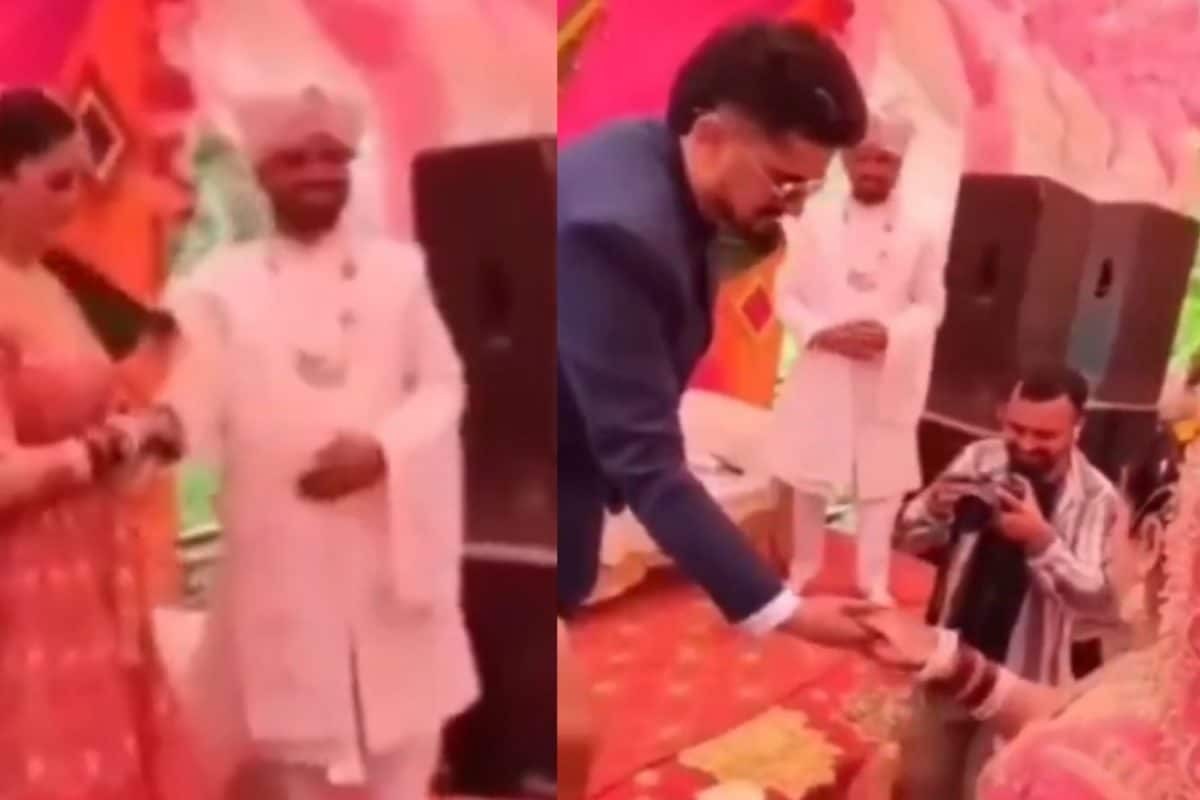

In the remote regions of Himachal Pradesh, a unique marital custom known as polyandry, particularly fraternal polyandry, continues to shape the social fabric of certain communities. This tradition, where a woman marries multiple brothers, has historical roots and practical implications, particularly among the Hatti tribe in the Trans-Giri region. The recent wedding of Sunita Chauhan to brothers Pradeep and Kapil Negi from Shillai village has brought renewed attention to this age-old practice.
The 'Jodidara' Custom
Known locally as "Jodidara" or "Jajda," this tradition is rooted in the historical and socio-economic conditions of the region. The primary rationale behind polyandry is to prevent the fragmentation of ancestral landholdings. In the mountainous terrains of Himachal Pradesh, arable land is limited, and families rely on undivided land for their livelihoods. By marrying a single woman to multiple brothers, families can consolidate their resources, maintain family cohesion, and ensure the survival of their lineage.
How it Works
In fraternal polyandry, the wife traditionally has the autonomy to decide how time is distributed among her husbands. While specific practices may vary, the wife generally provides equal time and attention to each brother to prevent jealousy. In many cases, the wife lives with all her husbands in the same house. According to the research of Y.S. Parmar, sometimes a shoe or cap is placed outside the door to indicate that the wife is with a particular husband, though this isn't always possible for poorer families who may only have one room.
Beyond the intimate aspects, the wife manages the household, including cooking, caring for livestock, and assisting with farm work. If the workload becomes too demanding, another woman may join the household and become a wife to all the brothers. All the brothers actively share parenting responsibilities. While the eldest brother is often considered the legal father, all the siblings participate in raising the children.
The Wife's Decision
Sunita Chauhan, who recently married Pradeep and Kapil Negi, stated that the decision was mutual, free from any pressure, and that she was proud to uphold the tradition. The couple emphasized transparency and a commitment to providing support, stability, and love as a united family.
Legal and Social Context
Although Indian law prohibits polyandry, the Himachal Pradesh High Court has acknowledged and protected this custom under "Jodidar Law," allowing it to continue among tribal groups. Revenue laws of Himachal Pradesh recognize this tradition. The Hatti community, residing in approximately 450 villages in the Trans-Giri area, was granted Scheduled Tribe status partly because of their unique tribal traditions, including Jodidaran.
Despite its legal recognition and historical significance, polyandry is declining due to rising literacy, socio-economic changes, and evolving gender roles. Many communities now practice such marriages discreetly. However, Hatti community leaders consider this tradition an essential cultural marker. In the last six years, five polyandrous marriages have been solemnized in the Trans-Giri region, indicating that the custom still persists in some pockets.
The Bigger Picture
The practice of polyandry in Himachal Pradesh reflects a complex interplay of historical, economic, social, and cultural factors. While it may seem anachronistic in modern society, it serves the purpose of preserving land, maintaining family unity, and ensuring the well-being of community members in a challenging environment. As the region evolves and modern values gain prominence, the future of this tradition remains uncertain, but its significance as a cultural marker for the Hatti community is undeniable.